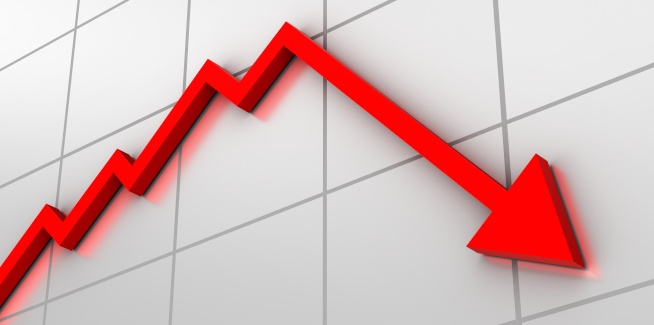CoreLogic’s latest Property Pulse report has revealed that while national home values have fallen by 0.4 of a percentage point over the past 12 months, the most expensive 10 per cent of the property market has experienced the sharpest fall, with values in the top end of town dropping by 5.0 per cent over the same period.
Conversely, home values in the most affordable 10 per cent of the property market increased, rising by 1.8 per cent over the same period.
“While most people are aware of differing city-to-city value changes within a geography, properties within different value bands can also see quite different changes in values,” CoreLogic analyst Cameron Kusher said.
Further, while home values across Australia’s capital cities fell by 1.1 per cent, dwelling prices in the most expensive 10 per cent of the market declined by 5.0 per cent, with values in the most affordable decile rising by 1.3 per cent.
Dwelling values in the most expensive segment of the property market increased by 2.1 per cent across regional markets, however, the rise was slighter than the 4.9 per cent spike in home values in the most affordable 10 per cent of the property market.
Home values in Sydney’s top end of town experienced the sharpest fall, dropping by 7.3 per cent, 3.1 per cent higher than the overall decline of 4.2 per cent, while the most affordable segment of the city’s market rose by 1.0 per cent.
The CoreLogic report also revealed that with home prices in Melbourne rising by 2.2 per cent over the past 12 months, prices in the most affordable end of town increased by 10.3 per cent, while values in the most expensive segment dropped by 3.5 per cent.
Mr Kusher claimed that a rise in first home buyer (FHB) demand has helped keep values stable in the most affordable segment of the market, as reflected in Sydney and Melbourne.
“A surge in first home buyers taking advantage of stamp duty concession is likely helping to keep a floor under housing demand across the more affordable valuation bands, which is supporting the stronger conditions across the lower valued end of the market,” the analyst said.
Mr Kusher observed that such trends are typical of price trends reported during previous housing market slowdowns.
“Overwhelmingly, the data shows long-term values at the more affordable end of the housing market increased at a faster pace than the most expensive properties and highlights that when there is a housing market downturn lower-valued properties typically experience much more moderate declines than the higher valued housing stock,” Mr Kusher added.
“With values now falling in Sydney and Melbourne, much greater value falls are already being experienced at the top-end of the market and this trend is expected to continue as values continue to recede.”
[Related: Premium housing market starting to soften]

